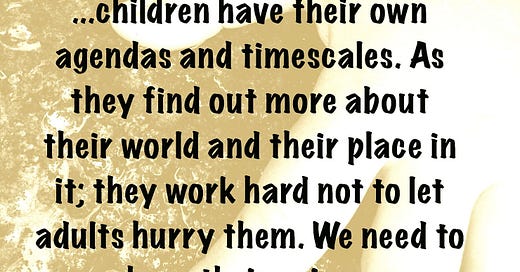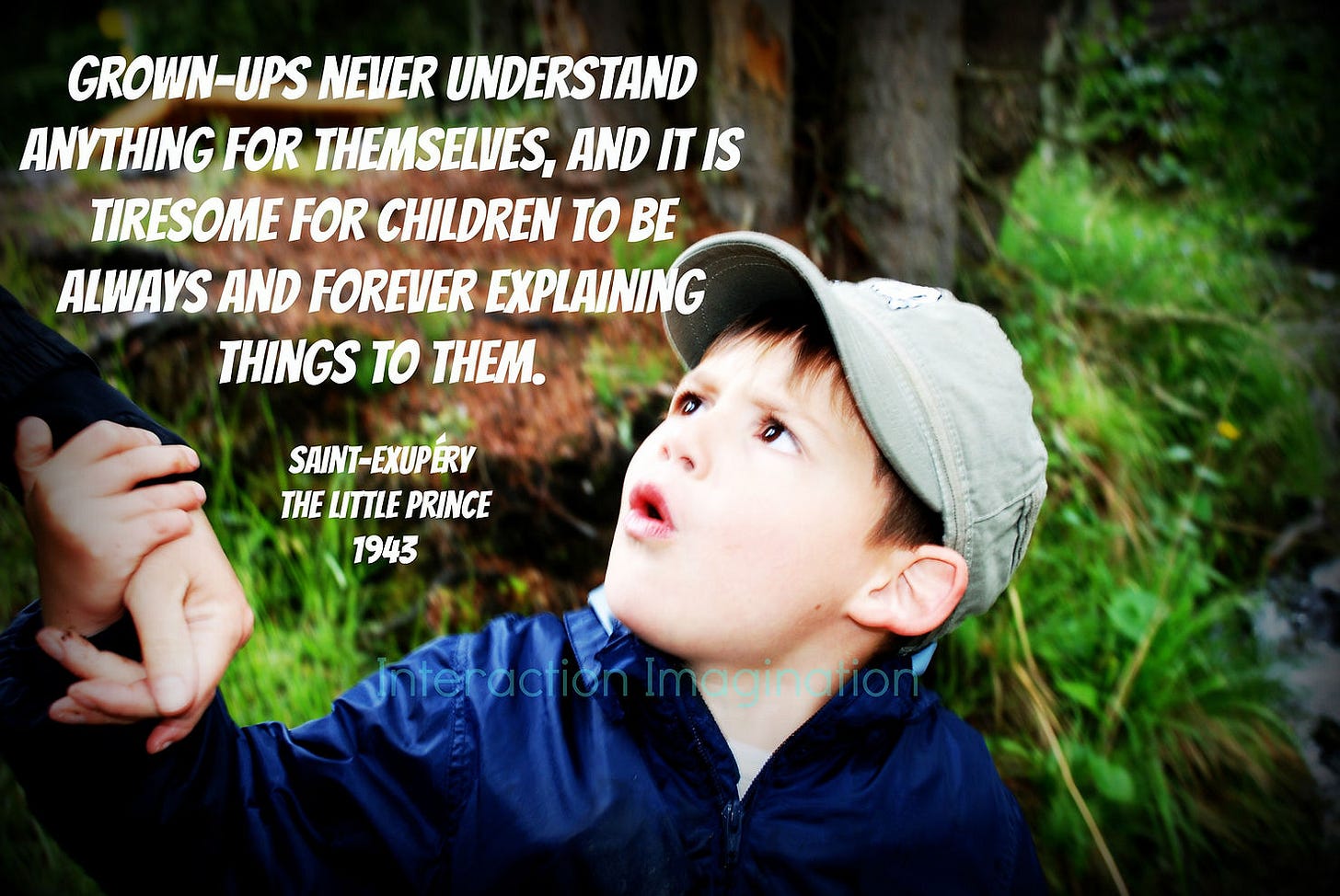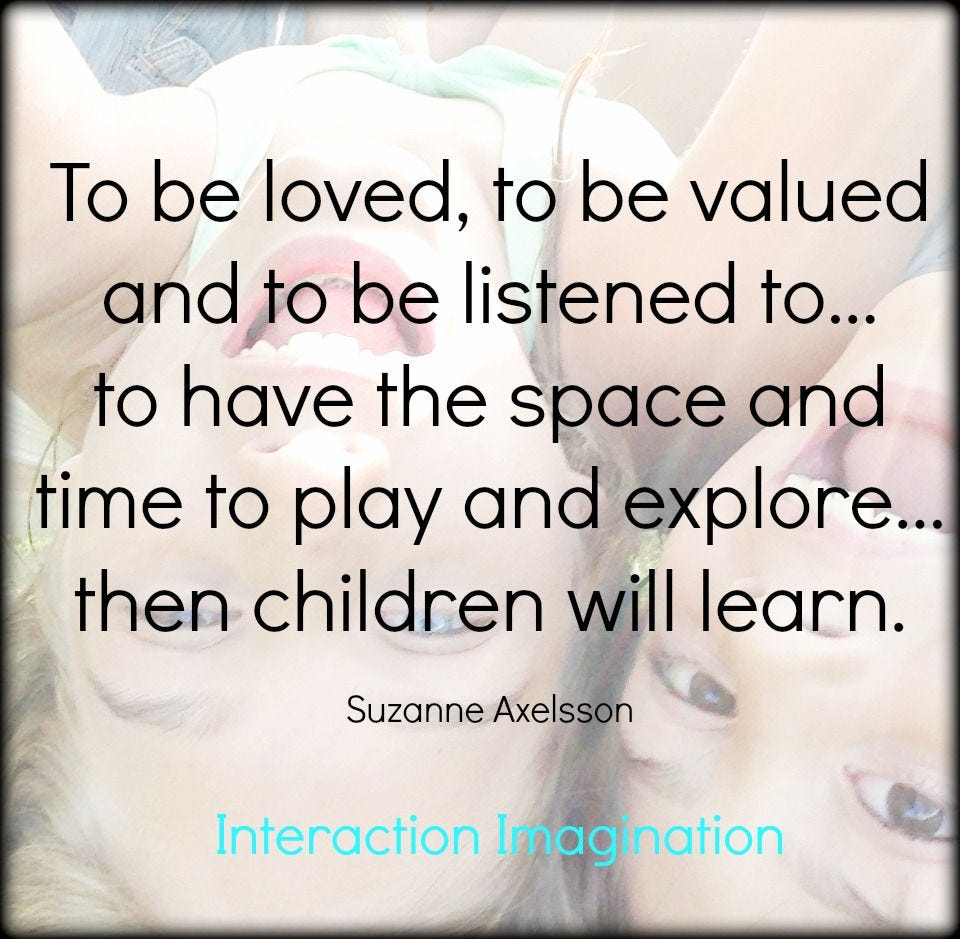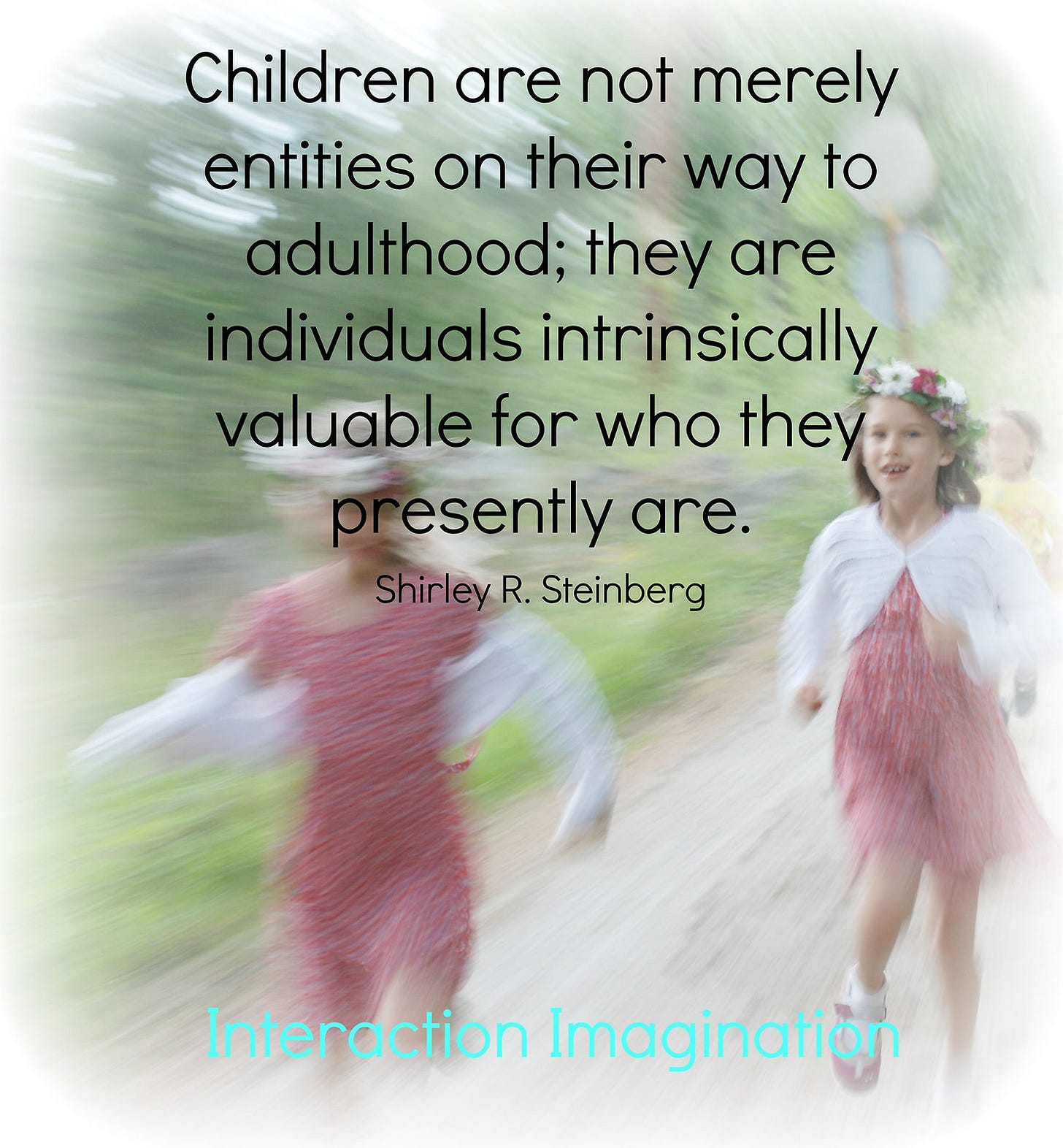Being visibly invisible is something I strive to be...
The idea is that I want to be visible in the sense that the children know I am always there for them, that they can rely on me, that they feel safe to go off and explore, that we have mutual trust and respect and that I am a part of the democratic community of playing and learning...
but I want to be invisible too...
that I do not interfere with the children's playing and learning, that they have the power to solve their own problems and find their own solutions, that they have the time and space to explore, create and play without adult intervention.
It is a constant balance of knowing when to step in and when to step back. I also like to position myself in one place during play, so that the children know where to find me... a place where I can see all the children - so that I can observe... not only to keep them safe, but also to learn from their play and interactions in order to be play-responsive. I will at times move about when I realise I need to learn more... or I see a situation is becoming fragile and often my presence being a little closer (and becoming visible again) is enough to support them to reflect on the situation and self regulate. Some children need me to be more visible, others need less, as their need for co-regulation requires my visibility until they master it themselves.
I have worked with some groups that have needed a lot of me being visible to scaffold the play climate. I have worked with some children from abusive homes - and these children have needed a lot of visibility to decode play and to build up trust with the whole group. I think the more I read about childhood, about play and about theories and research into development (brain, cognitive, social, physical) the more I am able to understand how to create that balance between visible and invisible to meet the needs of the children I work with... that balance is always changing, it is never a constant.
It is like having an invisibility cloak, and knowing when to put it on and when not.. it means needing to listen to the play, to the children (as a group and individually) to be able to understand whether I am going for full cloak coverage or partial... or on occasion to leave the cloak on the sidelines and to be there for the children and the flow.
Knowing when and when not to use the cloak of invisibility is not something that can be simply taught... it comes with experience... both practical and theoretical - and relies heavily on your power of phronesis.








The dance of play experience! I can feel the leaning in and out of the invisibility and visibility- attuned to all- flowing in and out like a magical fairy of sorts. I loved this feeling of harmony and coherence when I opened explore and play ( child- initiated) spaces for my kindergartners. It can only be an experience- there are no exact words - such an invitation for those who want to understand play - play is the scared space where the experience of becoming takes form in so many ways- knowing when to move in and out is a skill of an alchemical master! 🦋
I love all the complexities and grey areas, the moving in and out of play and the constant shape shifting we do to support play. I think you told me it is like walking on the shore- sometimes you’re in sand, sometimes in water, sometimes one foot on land and the other in water.